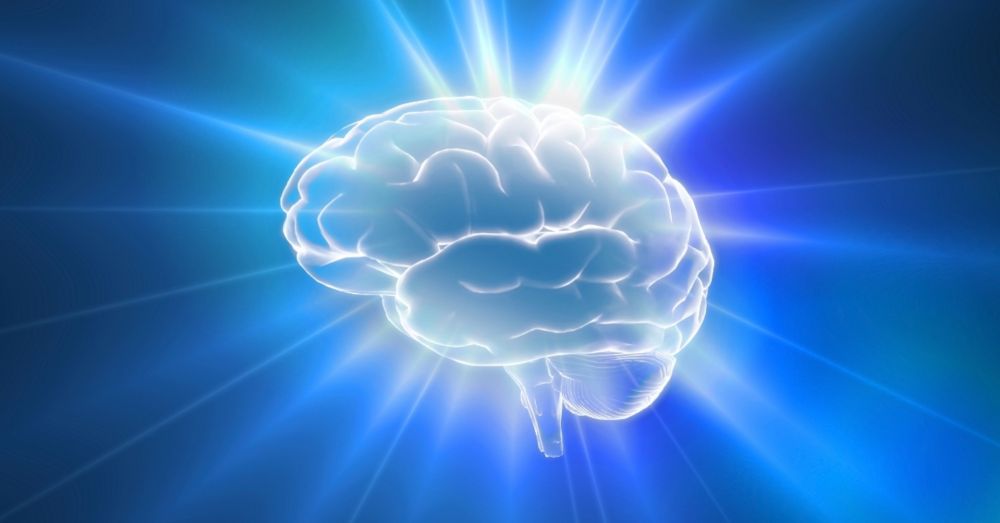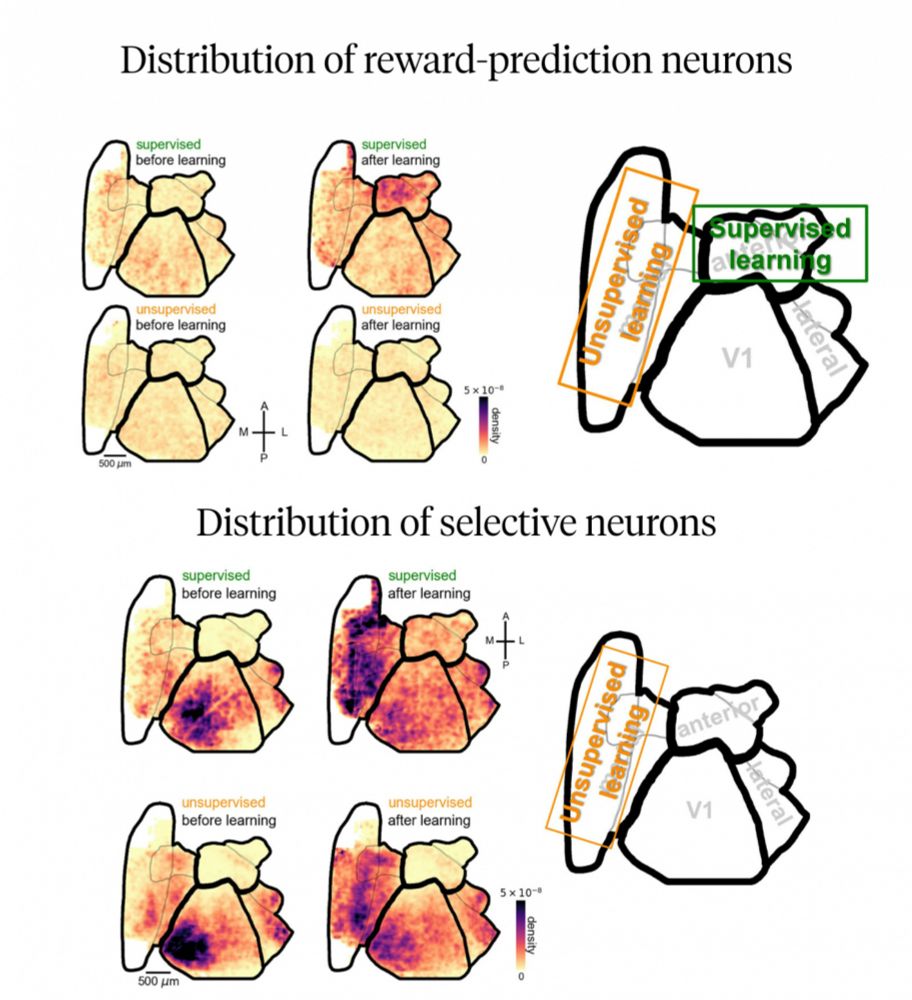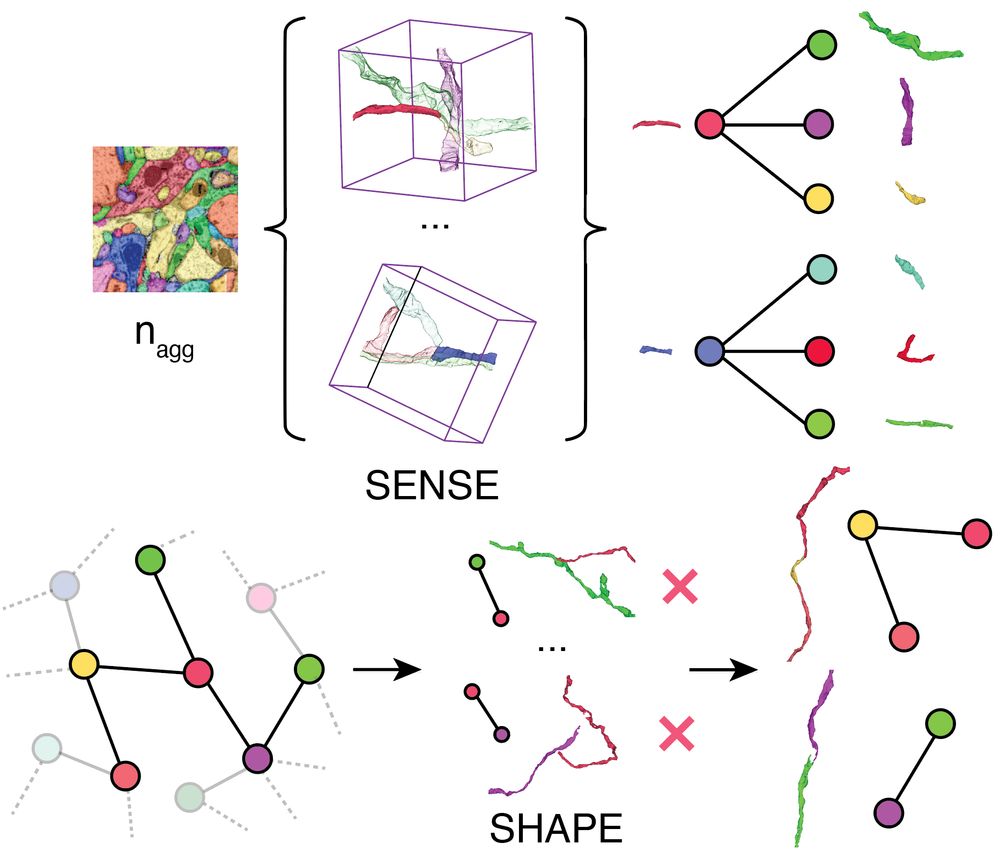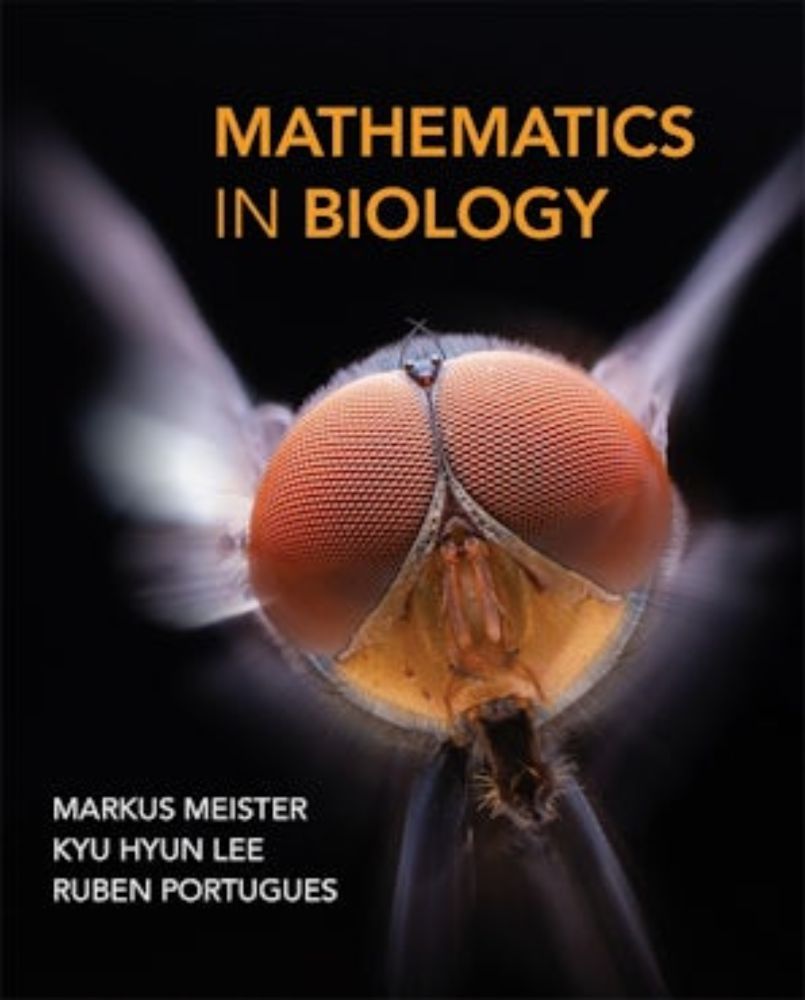Marius Pachitariu
@marius10p.bsky.social
1.8K followers
670 following
22 posts
Lab head @HHMIJanelia
neuroscience, deep learning, large-scale recordings
#Kilosort, #Suite2p, #Cellpose, #Rastermap, #Facemap
Posts
Media
Videos
Starter Packs
Reposted by Marius Pachitariu
Reposted by Marius Pachitariu
Marius Pachitariu
@marius10p.bsky.social
· Jul 16
Reposted by Marius Pachitariu
Marius Pachitariu
@marius10p.bsky.social
· Jun 24
Reposted by Marius Pachitariu
Gabriel Stine
@gabrielmstine.bsky.social
· Jun 23
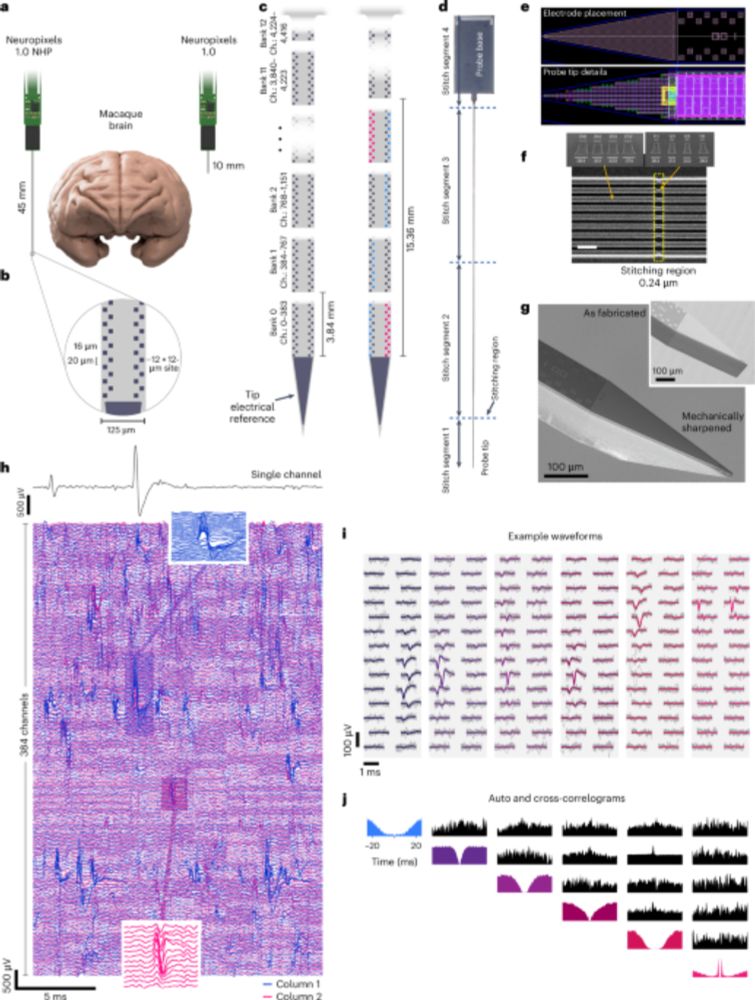
Large-scale high-density brain-wide neural recording in nonhuman primates - Nature Neuroscience
Neuropixels 1.0 NHP is a 45-mm, high-density silicon probe capable of recording large numbers of neurons with single-neuron resolution from most areas in a macaque’s brain.
tinyurl.com
Reposted by Marius Pachitariu
Reposted by Marius Pachitariu
Reposted by Marius Pachitariu
Reposted by Marius Pachitariu
Reposted by Marius Pachitariu

